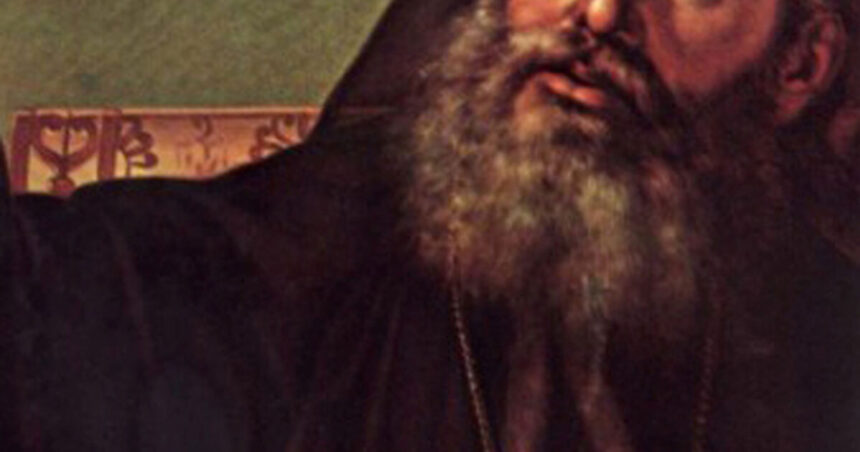The Ecumenical Patriarch Gregory II and the Holy Synod of the Patriarchate were in extremely dire Constantinople The news of the outbreak of the revolution in the Danube hegemonies by Alexander Ypsilantis. Being the leader of the Orthodox Milet in the Ottoman Empire, the Patriarch was considered accountable to the Sultan for the actions of his flock. There were not many times, after all, that patriarchs were eliminated or even executed by the Sultan’s order, because rumors had been spread that some uprising by the Christians of the Empire had been being prepared. Therefore, the Patriarchate’s concern was reasonable about the measures that the Sultan would take in response to Revolution.
In March, Sultan Mahmut II issued a firman, in which he granted amnesty to the Christians on the condition that they abandon any revolutionary idea. At the same time, it mobilized the Empire’s military mechanism to address the revolution in Moldova. Mahmut then demanded from the Patriarch to take all necessary steps to To prevent the rest of the Greeks from rising, as well as to relate to Ypsilant and Sutsos. Wishing to prevent a massacre of the Greeks in Constantinople and elsewhere, the Patriarch issued a statement in which he renounced the Ypsilantis movement, which he had on March 23. So the Sultan’s plan was abandoned for a general slaughter of Christians. Nevertheless, there were persecution of members of the families of Fanariots and other prominent persons in the capital.
Sultan and his advisers decided to launch wave of persecution and terrorism against the Greeks.
When the news of the explosion of the Greek Revolution, focusing on the Peloponnese and Central Greece, arrived in the capital, the Sultan was captured by a great deal. Located under the influence of revenge feelings, the Sultan and his advisers decided to launch a Great wave of persecution and terrorism against Greeks. On April 1, a demonstration was organized by fanatical Muslims, which ended up in the church of the Zoodochos Pigi of Baloukli, outside the Byzantine walls of the city, which was looted.
They followed arrests and executions of prominent Greeks of Constantinople. On Monday, April 4, the Grand Interpreter of Konstantinos Mourouzis was arrested and executed. In order not to escape any Greek suspect in participating in the revolutionary processes from Constantinople, the Sultan issued a decree banning the departure of the city from the city.
On the morning of Easter Sunday, April 10, 1821, a group of armed men arrived at the Ecumenical Patriarchate in Fanari in order to arrest Gregory E. In the afternoon of the same day Gregory was executed by hanging in the central port of the Patriarchatewhich remains closed since then. Gregory II’s scene stayed in the agony for three days and then jumped into the sea. A Cephalonian captain, whose ship carried a Russian flag, found the patriarch’s scene and transported it to Odessa, where his burial was held in the Church of the Holy Trinity. After the hanging of Gregory E, the order was given to arrest and execute other hierarchs.
Column: Myrto Katsigera, Vassilis Minakakis, Antigoni-Despina Poumenidou, Athanasios Syroplakis








